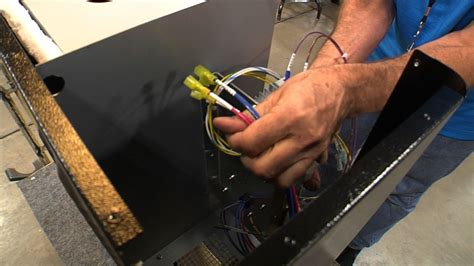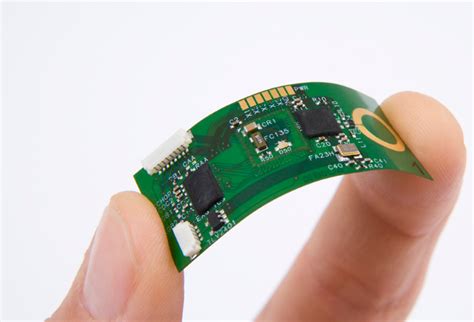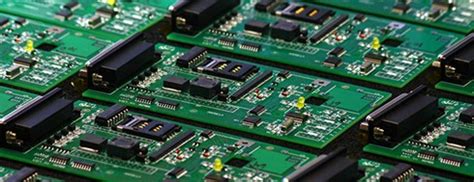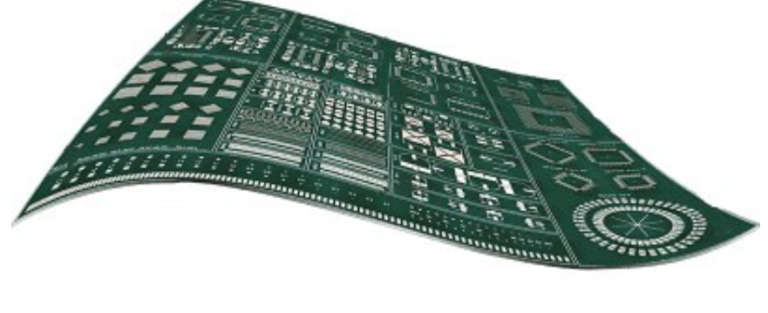PCB Assembly Frame: A Comprehensive Overview
Introduction
Printed Circuit Board (PCB) assembly is a critical process in the electronics manufacturing industry. It involves the placement and soldering of electronic components onto a PCB to create a functional electronic device. One of the key elements in the PCB assembly process is the PCB assembly frame, which plays a crucial role in ensuring the accuracy, efficiency, and quality of the assembly process. This article provides a comprehensive overview of PCB assembly frames, including their purpose, types, design considerations, and their impact on the overall assembly process.
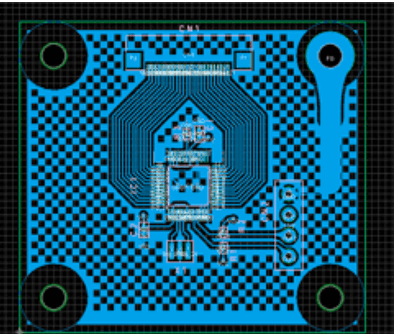
1. The Purpose of PCB Assembly Frames
The primary purpose of a PCB assembly frame is to hold the PCB securely in place during the assembly process. This is essential for several reasons:
- Precision and Accuracy: The frame ensures that the PCB remains in a fixed position, which is crucial for the precise placement of components. Any movement or misalignment of the PCB during assembly can lead to defects, such as misaligned components or poor solder joints.
- Efficiency: By holding the PCB securely, the frame allows for faster and more efficient assembly. Automated assembly machines, such as pick-and-place machines, rely on the PCB being held in a consistent position to accurately place components at high speeds.
- Protection: The frame protects the PCB from physical damage during the assembly process. This is particularly important for delicate or high-density PCBs, which can be easily damaged if not properly supported.
- Consistency: The use of a frame ensures that each PCB is assembled in the same manner, leading to consistent quality across multiple units. This is especially important in high-volume production environments where consistency is key to maintaining product quality.
2. Types of PCB Assembly Frames
There are several types of PCB assembly frames, each designed to meet specific requirements based on the type of PCB, the assembly process, and the production environment. The most common types include:
- Universal Frames: These frames are designed to accommodate a wide range of PCB sizes and shapes. They typically feature adjustable clamps or rails that can be easily modified to fit different PCBs. Universal frames are ideal for low-volume or prototype production where flexibility is required.
- Dedicated Frames: Dedicated frames are custom-designed for a specific PCB model. They are typically used in high-volume production environments where the same PCB is assembled repeatedly. Dedicated frames offer the highest level of precision and consistency, as they are tailored to the exact dimensions and layout of the PCB.
- Vacuum Frames: Vacuum frames use suction to hold the PCB in place. They are particularly useful for thin or flexible PCBs that may not be adequately supported by traditional clamping methods. Vacuum frames provide uniform pressure across the entire surface of the PCB, reducing the risk of warping or damage.
- Magnetic Frames: Magnetic frames use magnetic force to hold the PCB in place. They are often used in conjunction with metal-backed PCBs or PCBs with metal components. Magnetic frames offer quick and easy setup, making them suitable for high-speed assembly processes.
- Modular Frames: Modular frames consist of interchangeable components that can be configured to fit different PCB sizes and shapes. They offer a balance between flexibility and precision, making them suitable for medium-volume production environments.

3. Design Considerations for PCB Assembly Frames
The design of a PCB assembly frame is critical to its performance and effectiveness. Several factors must be considered when designing a frame:
- PCB Dimensions and Layout: The frame must be designed to accommodate the specific dimensions and layout of the PCB. This includes the size, shape, and thickness of the PCB, as well as the location of components, connectors, and mounting holes.
- Material Selection: The material used for the frame must be durable, stable, and resistant to warping or deformation. Common materials include aluminum, steel, and high-strength plastics. The choice of material will depend on factors such as the weight of the PCB, the assembly process, and the production environment.
- Clamping Mechanism: The clamping mechanism must provide secure and even pressure across the entire PCB without causing damage. The type of clamping mechanism (e.g., manual clamps, spring-loaded clamps, vacuum suction) will depend on the specific requirements of the assembly process.
- Compatibility with Assembly Equipment: The frame must be compatible with the assembly equipment used in the production process. This includes pick-and-place machines, soldering machines, and inspection systems. The frame should be designed to allow easy access to the PCB for component placement, soldering, and inspection.
- Ease of Use: The frame should be easy to load and unload, with minimal setup time required. This is particularly important in high-volume production environments where efficiency is critical.
- Thermal Management: In some assembly processes, such as reflow soldering, the frame must be able to withstand high temperatures without warping or degrading. The frame should also allow for adequate airflow to prevent overheating of the PCB and components.
- Durability and Maintenance: The frame should be designed for long-term use with minimal maintenance. This includes considerations such as wear resistance, ease of cleaning, and the ability to replace worn or damaged components.
4. Impact of PCB Assembly Frames on the Assembly Process
The choice of PCB assembly frame can have a significant impact on the overall assembly process, including:
- Quality: A well-designed frame ensures that the PCB remains in the correct position throughout the assembly process, leading to higher quality and fewer defects. This is particularly important for complex or high-density PCBs where even minor misalignments can result in functional failures.
- Efficiency: The use of a frame allows for faster and more efficient assembly, particularly in automated production environments. The frame ensures that the PCB is consistently positioned, reducing the need for manual adjustments and minimizing downtime.
- Cost: While the initial cost of a custom or dedicated frame may be higher, the long-term benefits in terms of quality and efficiency can result in significant cost savings. A well-designed frame can reduce the need for rework, minimize scrap, and increase production throughput.
- Flexibility: The choice of frame can also impact the flexibility of the production process. Universal or modular frames allow for greater flexibility in handling different PCB designs, while dedicated frames offer the highest level of precision and consistency for high-volume production.

5. Future Trends in PCB Assembly Frames
As the electronics industry continues to evolve, so too do the requirements for PCB assembly frames. Some of the key trends shaping the future of PCB assembly frames include:
- Miniaturization: As electronic devices become smaller and more compact, PCBs are also shrinking in size. This trend is driving the need for frames that can accommodate smaller and more complex PCBs with high precision.
- Automation: The increasing adoption of automation in PCB assembly is driving the demand for frames that are compatible with advanced assembly equipment, such as robotic pick-and-place machines and automated optical inspection (AOI) systems.
- Sustainability: There is a growing focus on sustainability in the electronics industry, including the use of eco-friendly materials and processes. This trend is likely to influence the design and manufacture of PCB assembly frames, with an emphasis on recyclable materials and energy-efficient production methods.
- Customization: As the demand for customized electronic devices grows, so too does the need for customized PCB assembly frames. Manufacturers are increasingly offering frames that can be tailored to specific customer requirements, including unique PCB designs and assembly processes.
Conclusion
The PCB assembly frame is a critical component in the electronics manufacturing process, playing a key role in ensuring the accuracy, efficiency, and quality of PCB assembly. By understanding the different types of frames, their design considerations, and their impact on the assembly process, manufacturers can make informed decisions that optimize their production processes and improve product quality. As the electronics industry continues to evolve, the importance of PCB assembly frames is likely to grow, driven by trends such as miniaturization, automation, and sustainability.


